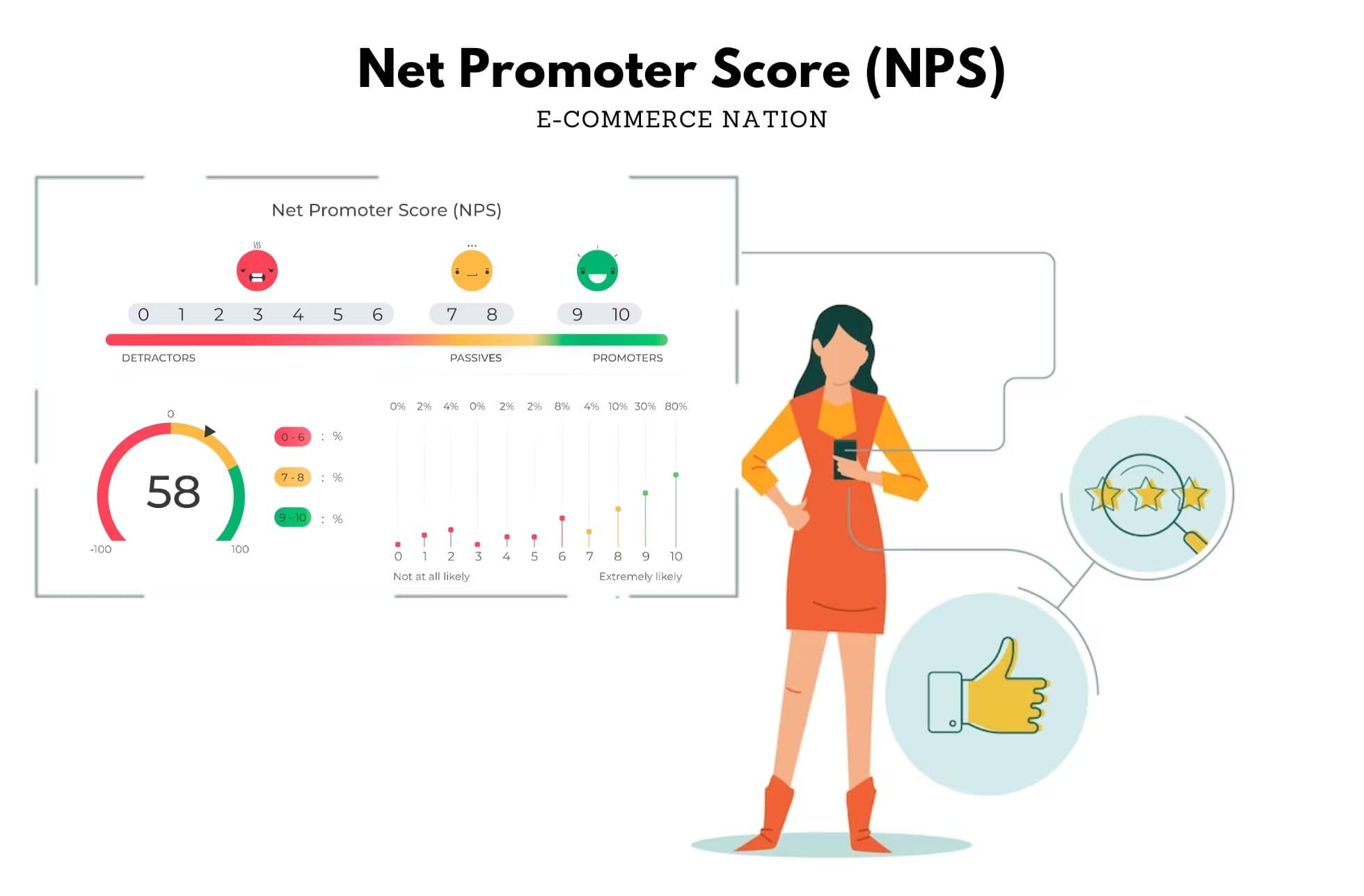The key to a successful e-commerce business is customers who return to make purchases over time. Customer loyalty means that a business has captured that customer’s interest for longer than a single impulse order. Calculating your business’s Customer Lifetime Value (LTV) metric, monitoring it, and determining how to improve it is a tried-and-true way to succeed.
Calculating E-Commerce Customer Lifetime Value
One of the advantages of an e-commerce business is that customer data is automatically generated by orders and a website’s logging features. It’s much easier to discover basic statistics like how many customers a business has had, the order history of each customer, and the time between the first and last order recorded. With a little more work, it’s not difficult to determine the lifetime of each customer relationship and what the average lifetime is for the business’s customer base.
For an individual customer, their lifetime value can be calculated with this simple equation:
(Average Order Amount) x (Number of Sales Per Month) x (Lifetime of the Relationship in Years) = Customer Lifetime Value
Business owners may think in the short-term because what happens in the present has an emotional impact. They get excited when a customer spends more than others. As we shall see, however, it’s the last variable in the equation, the lifetime of the relationship, that brings in the most revenue over time.
Customer A: Amy
Suppose we have a pet supplies e-commerce site. We had a repeat customer, Amy, who shopped at our site for two years and then stopped. Her average order was $25 twice a month for a total of 24 orders a year. To calculate her LTV, we plug those numbers into the equation:
$25 x 24 orders/year x 2 years = $1,200
Customer B: Greg
You might notice how the variables in the equation can change depending on a customer buying pattern. Another customer, Greg, bought more than just pet food and made one large purchase each month. Let’s say Greg’s average order was $75, and he was a customer for 18 months. Greg’s LTV would be:
$75 x 12 orders/year x 1.5 years = $1,350
Even though Greg was a customer for only a year and a half, his LTV was higher because our pet supplies business sold more than food to him. If Greg had moved on to another retailer sooner, his LTV may not have been more than Amy’s.
Customer C: Mary
Now, let’s look at a third customer, Mary. Mary has been a customer since the business opened, making small bimonthly orders for her cat for the past five years. Mary buys about $15 worth of cat food twice a month. Mary’s LTV would be:
$15 x 24 orders/year x 5 years = $1,800
As we can see, even though Mary didn’t spend as much each month as Amy or Greg, she was worth more to the business because she has been a loyal customer. This is the insight that a business owner gets by looking at the overall value of customer retention.
Seeing the Bigger Picture with Average Customer Lifetime Value
Of course, we can’t see the overall health of an e-commerce business by calculating the LTV of individual customers. Some customers will be loyal and buy regularly, and others will buy from a business sporadically. If our business has a large customer base and has been in business for years, there are too many individual customers to consider. To gauge the overall health of the business and its retention of customers, we’ll need to pull back to the big picture and look at the LTV of the business’s average customer.
Finding the Average Lifetime Value
Let’s use the three example customers above to show how this works. Amy, Greg, and Mary’s average order amount per month was $50 + $75 + $30 / 3 = $51.67. Their average retention was 2 + 1.5 + 5 years / 3 = 2.83 years. With these averages calculated, we can find the LTV of the average customer:
$51.67 x 12 months x 2.83 years = $1,754.60
When we look at this new equation, we can see at a glance three overall indicators of the business’s health: How much customers are spending each month, how long they continue to return to the business, and how much each customer is worth to the business on average.
Of course, we can imagine the amount each customer spends on average rising, perhaps $10.
Then the average LTV becomes:
$61.67 x 12 months x 2.83 years = $2,094.31
We might achieve that by doing a better job of offering the products the customers are interested in or beating a competitor on price and capturing more sales. However, let’s imagine instead that we keep more of our customers happier with the overall experience of doing business with us. Let’s suppose that our average customer retention rate rises to 3.8 years, but the average sales per month doesn’t change. What will the average LTV look like then?
$51.67 x 12 months x 3.8 years = $2,356.15
Now each customer is bringing more sales to the business over time than before. There’s less pressure to bring in new customers because we are keeping the ones we already have longer. The new customers we do get will probably stay loyal longer because we have a customer experience that is working for us.
As you can see, Customer Lifetime Value is a valuable metric that helps a business stay aware of its health going forwards. If customer retention drops, that could be an indicator that customer experience may need attention or that a competitor is offering a better one. By the same token, the business’s health may not be suffering if average orders are lower while the retention rate is improving. Combined with other metrics, customer LTV can be an invaluable tool to an e-commerce business’s ongoing strategy.
What are your best tips to boost your customer lifetime value? Tell us below or tweet us!




